Search for articles or browse our knowledge portal by topic.
Weight Limits: Bridges

In the US, vehicle weight limits are established by laws and regulations enacted at the state and federal levels. Weight restrictions are imposed to protect highway infrastructure from excessive damage and to preserve the integrity of the nation’s bridges.
To maintain full eligibility for federal highway funding, states must abide by federal weight limits on the Interstate Highway System. However, states can establish their own weight limits for other roads under their authority. These limits are typically based on the maximum gross vehicle weight (GVW) or the weight per vehicle axle. States also establish statutes, regulations, and policies that allow some vehicles to exceed legal limits, either through special overweight permits or statutory exemptions.
Exemptions allow some vehicles to exceed standard weight limits based on the specific cargo, vehicle type, route, or season. These exemptions are intended to aid industries important to the state economy, address critical needs, or reduce traffic congestion. Common exemptions include timber, agricultural products, and mined products (e.g., coal).
Bridge weight limits are determined through specialized engineering analysis of the stresses applied by different vehicle types expected to use the bridge. The forces exerted on a bridge vary considerably depending on vehicle weight, the number of axles the vehicle has, and the spacing of axles. Generally, trucks carrying the same weight on fewer axles apply more stress to the structure.
As long as the vehicles that use a bridge do not exceed the loading for which the bridge was designed, posting weight limits should not be necessary if the structure is in good condition. However, when a bridge deteriorates due to aging, load rating analysis may indicate that the weight limit must be reduced to improve the structure’s long-term performance. Weight limits may also be necessary when new vehicle configurations are introduced and which may cross structures that were not designed for such loads.
The standards used to calculate load ratings are specified in the American Association of State Highway Transportation Officials (AASHTO) Manual for Bridge Evaluation. Adherence to these official standards protects the public by ensuring bridges can safely carry approved loads. The Kentucky Bridge Inspection Procedures Manual outlines further requirements related to load ratings, postings, and documentation of issues associated with public bridges in Kentucky.
Load ratings fall into two categories: the Inventory Rating and the Operating Rating.
- The Inventory Rating represents the maximum load that can safely utilize a bridge repeatedly for an indefinite period of time. Bridges should be posted for weight limit if the Inventory Rating is less than the legal weight limit of the roadway on which the bridge is located.
- The Operating Rating represents the maximum load that can safely use the bridge on a limited basis. Under certain circumstances, a transportation agency may find it necessary to allow crossings by vehicles carrying weights near the Operating Rating. However, frequent crossings by such trucks will reduce the bridge’s service life.
Kentucky’s load rating analysis for bridges requires consideration of several different vehicle types:
- Truck Types 1-4 (from 603 KAR 5:066 Section 1 (2))
- Specialized Hauling Vehicles
- Emergency Vehicles
- Extended Weight Coal Haul Vehicles
Descriptions of each vehicle type and their associated posting signs are shown below.
4.1 Truck Types 1-4
Type 1: A single unit truck with two single axles
Type 2: A single unit truck with one steering axle and two axles in tandem arrangement
Type 3: A single unit truck with one steering axle and three axles in tridem arrangement
Type 4: A tractor-semitrailer combination truck with five or more axles

Examples of Trucks Types:
Type 1: A single unit truck with two single axles

Type 2: A single unit truck with one steering axle and two axles in tandem arrangement
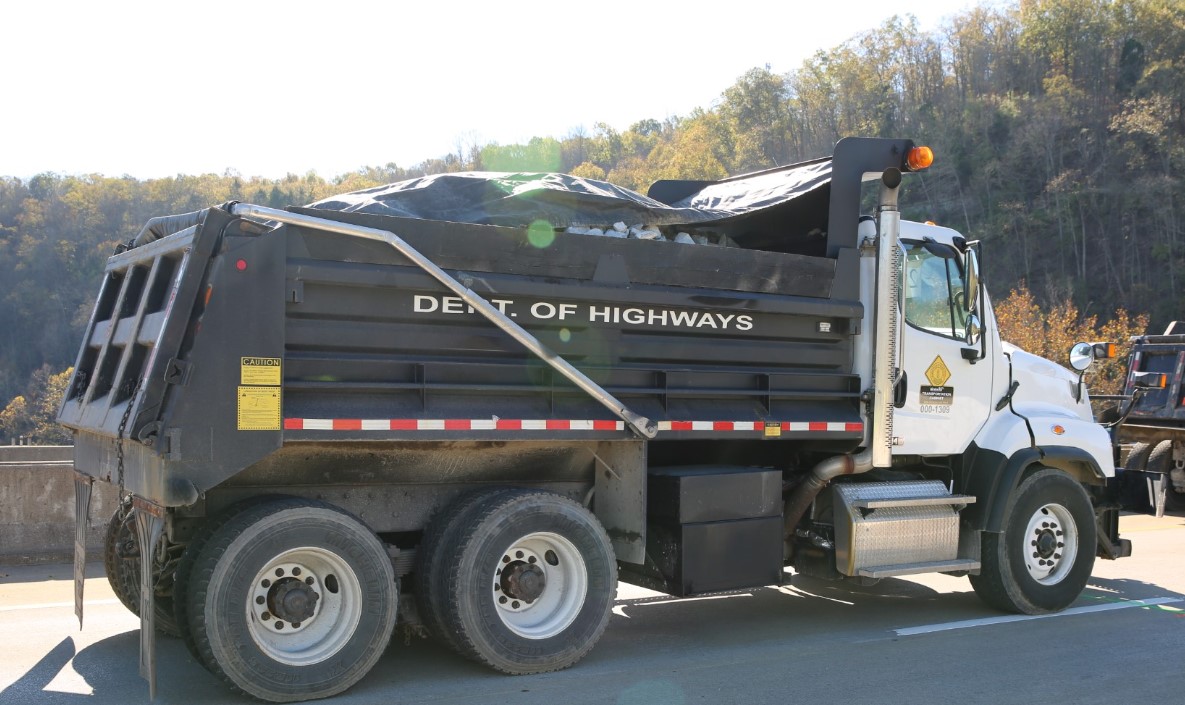
Type 3: A single unit truck with one steering axle and three axles in tridem arrangement
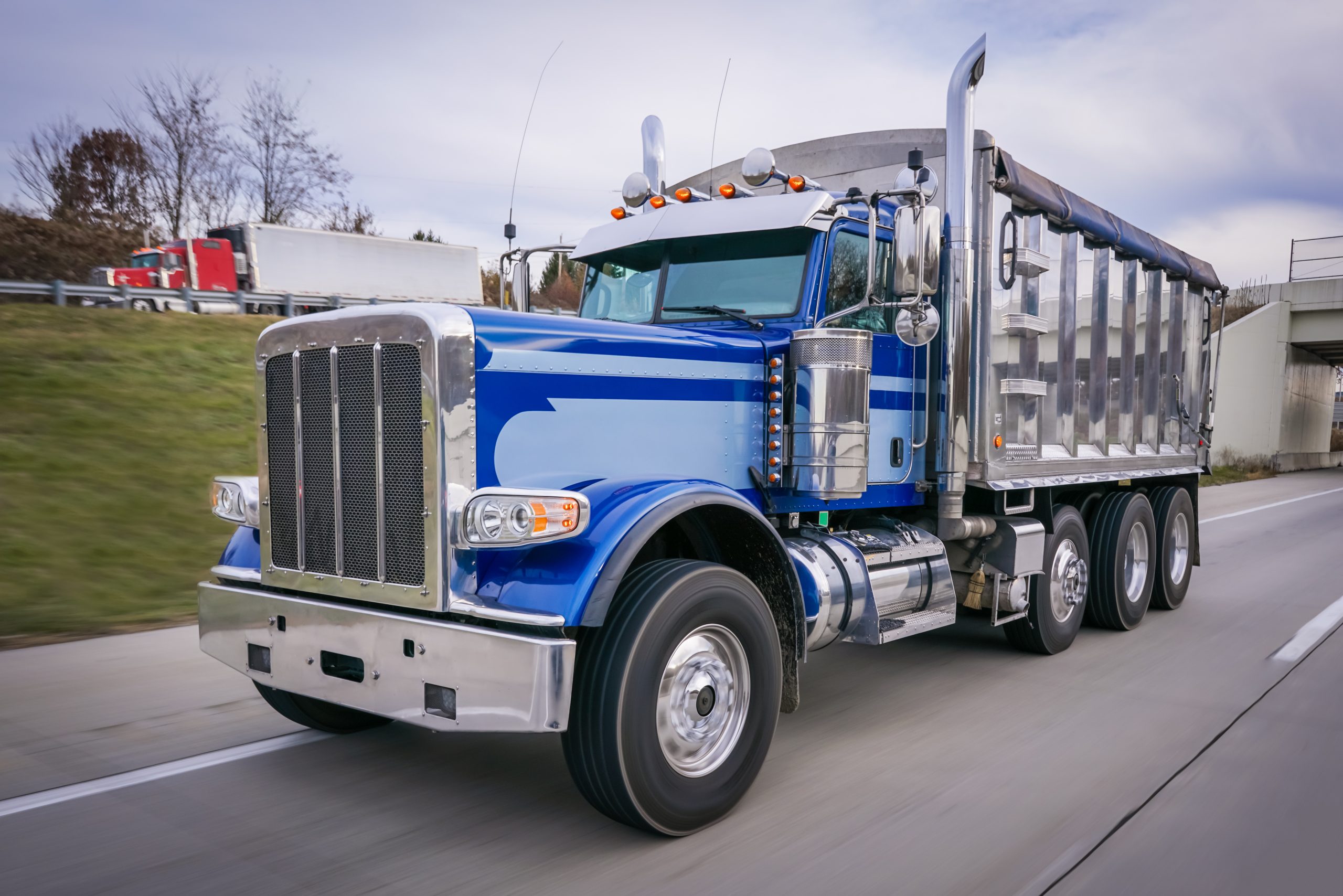
Type 4: A tractor-semitrailer combination truck with five or more axles

4.2 Specialized Hauling Vehicles
AASHTO defines Specialized Hauling Vehicles (SHVs) as closely-spaced multi-axle single unit trucks introduced by the trucking industry over the past 20 years. Examples include dump trucks, construction vehicles, solid waste trucks, and other hauling trucks. The Federal Highway Administration (FHWA) requires these vehicles to be rated and posted under National Bridge Inspection Standards (NBIS).
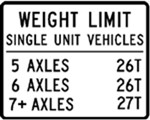
Figure 2: Sign Used to Indicate Weight Limits for SHVs
Examples of Specialized Hauling Vehicles:
SU5:

SU6:
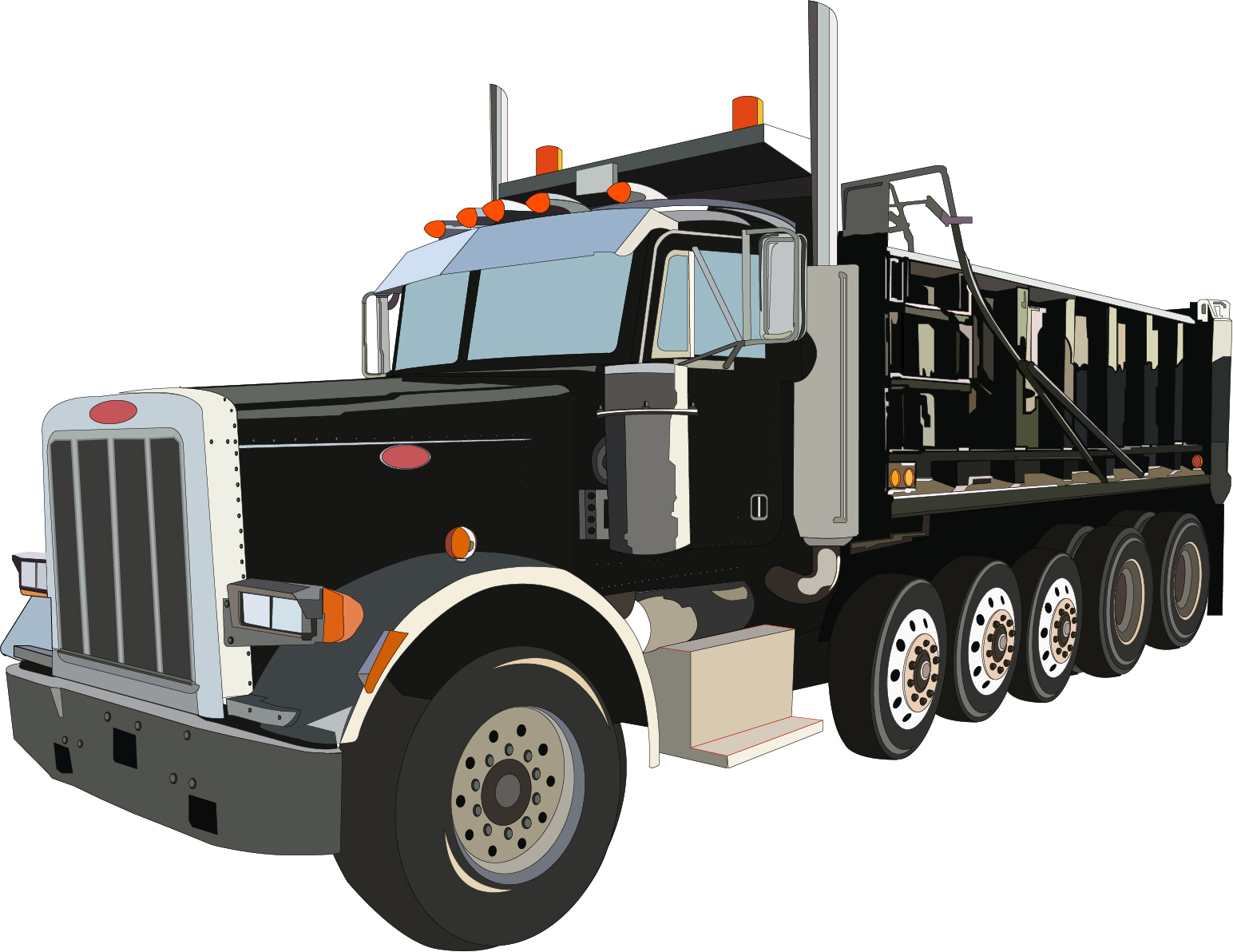
SU7:
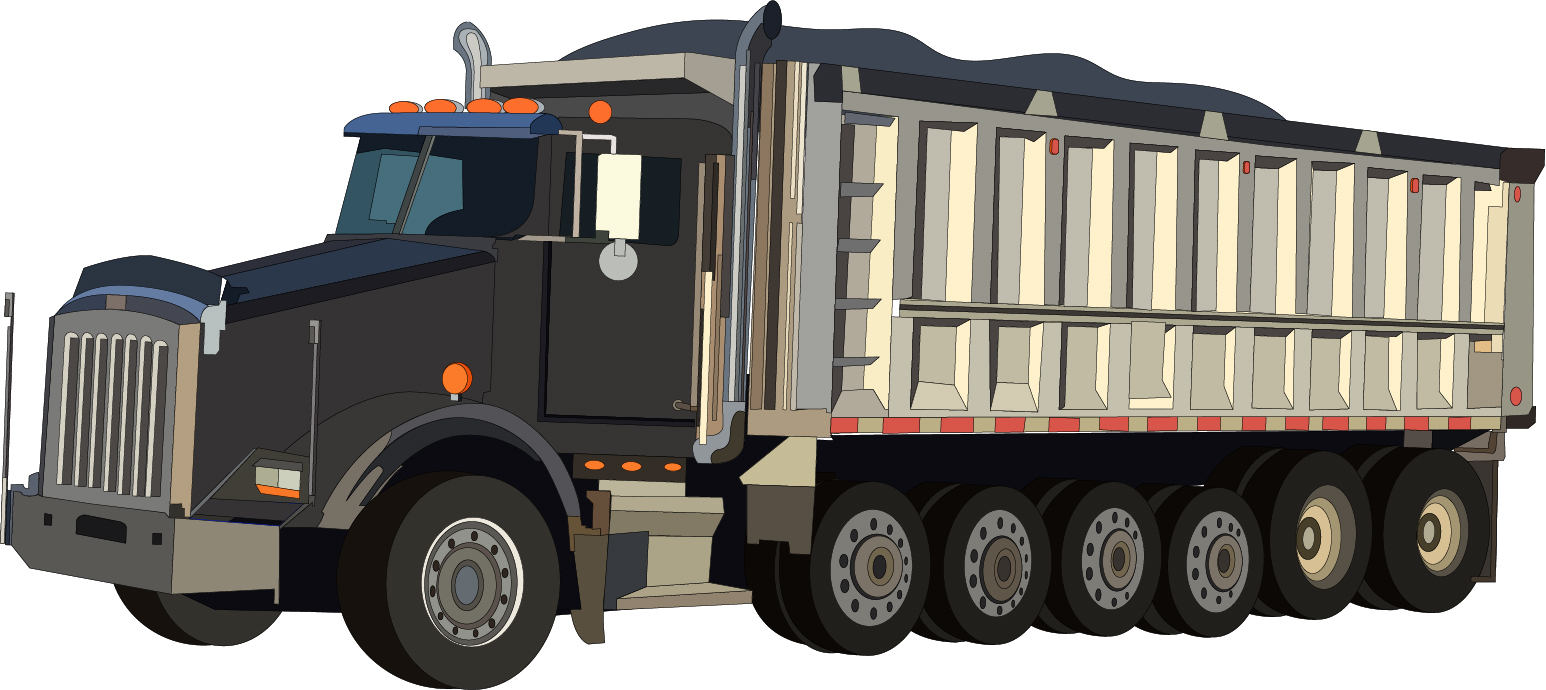
4.3 Emergency Vehicles
The FAST Act amended weight limits for emergency vehicles. These vehicles are designed for use under emergency conditions to transport personnel and equipment to suppress fires and mitigate other hazardous situations (23 U.S.C. 127(r)(2)). Examples of emergency vehicles include commercial and custom chassis pumpers, industrial foam pumpers, aerial ladders, aerial platforms, firetrucks, tow trucks, and ambulances
The GVW limit for emergency vehicles is 86,000 pounds. The FAST Act also sets additional weight limits for interstates and locations within 1 mile of interstates, which vary according to vehicle configuration:
- 24,000 pounds on a single steering axle
- 33,500 pounds on a single drive axle
- 62,000 pounds on a tandem axle
- 52,000 pounds on a tandem rear drive steer axle
Examples of Emergency Vehicles:
1. 24,000 pounds on a single steering axle
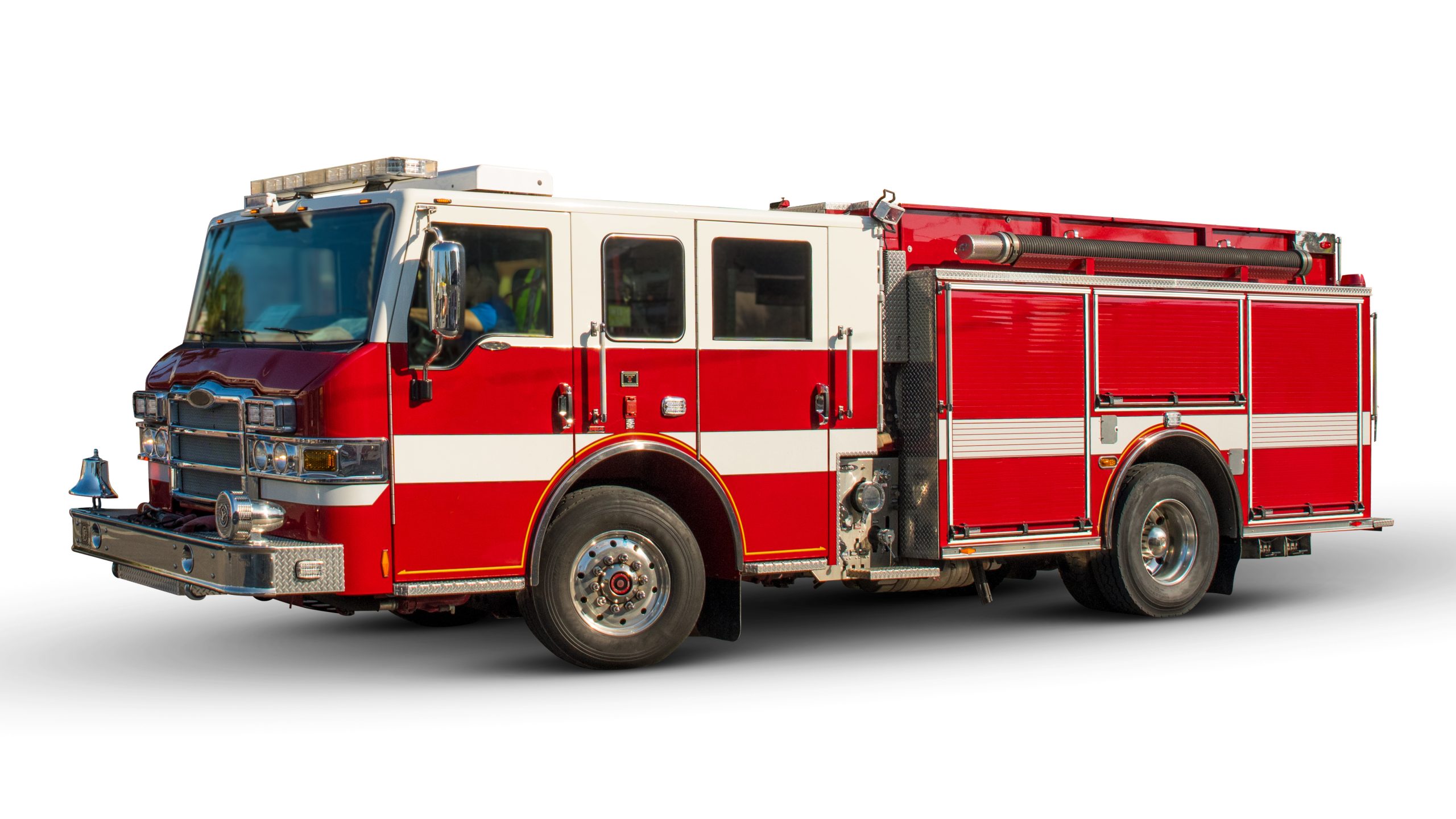
2. 33,500 pounds on a single drive axle
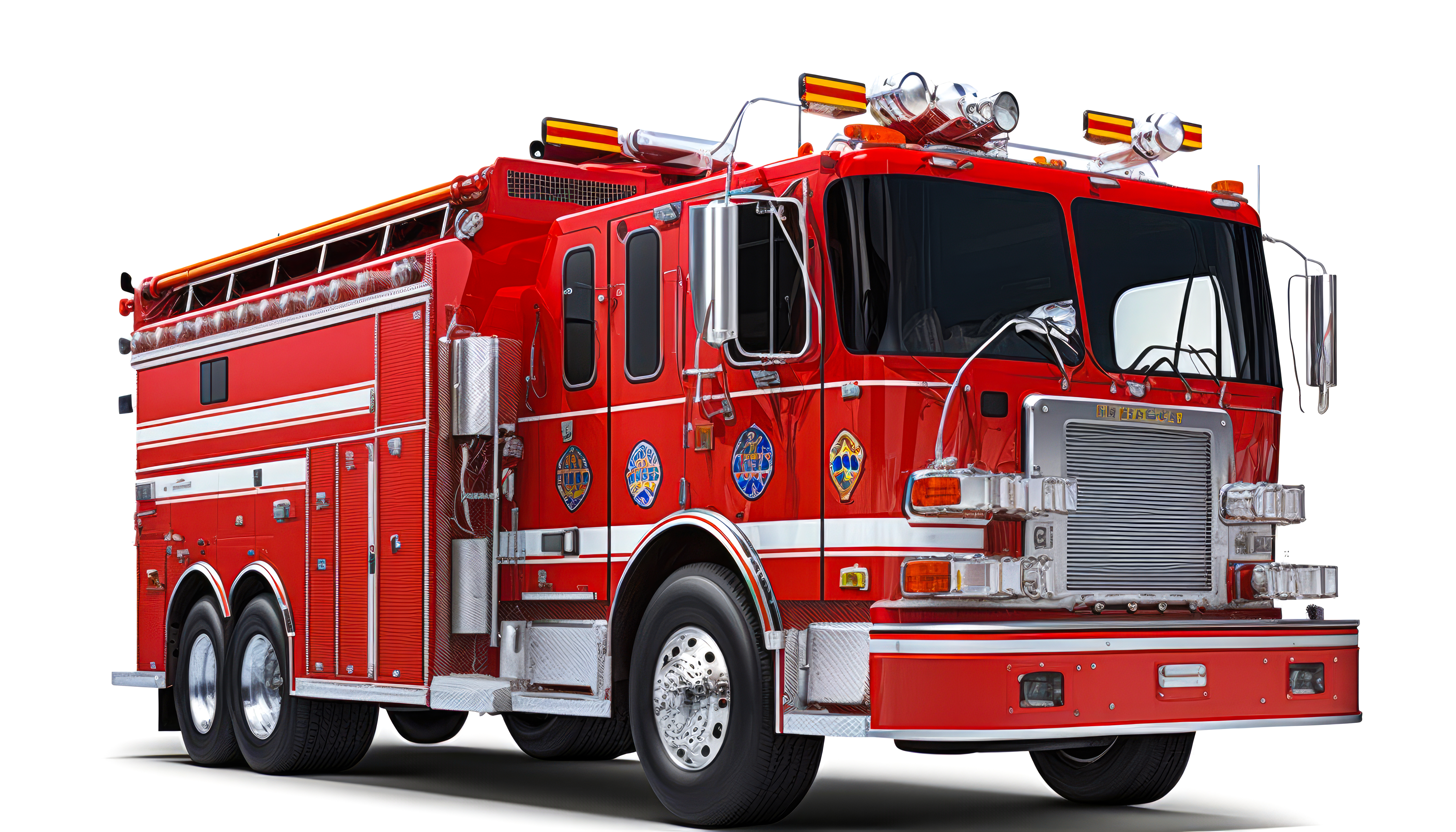
3. 62,000 pounds on a tandem axle

4. 52,000 pounds on a tandem rear drive steer axle
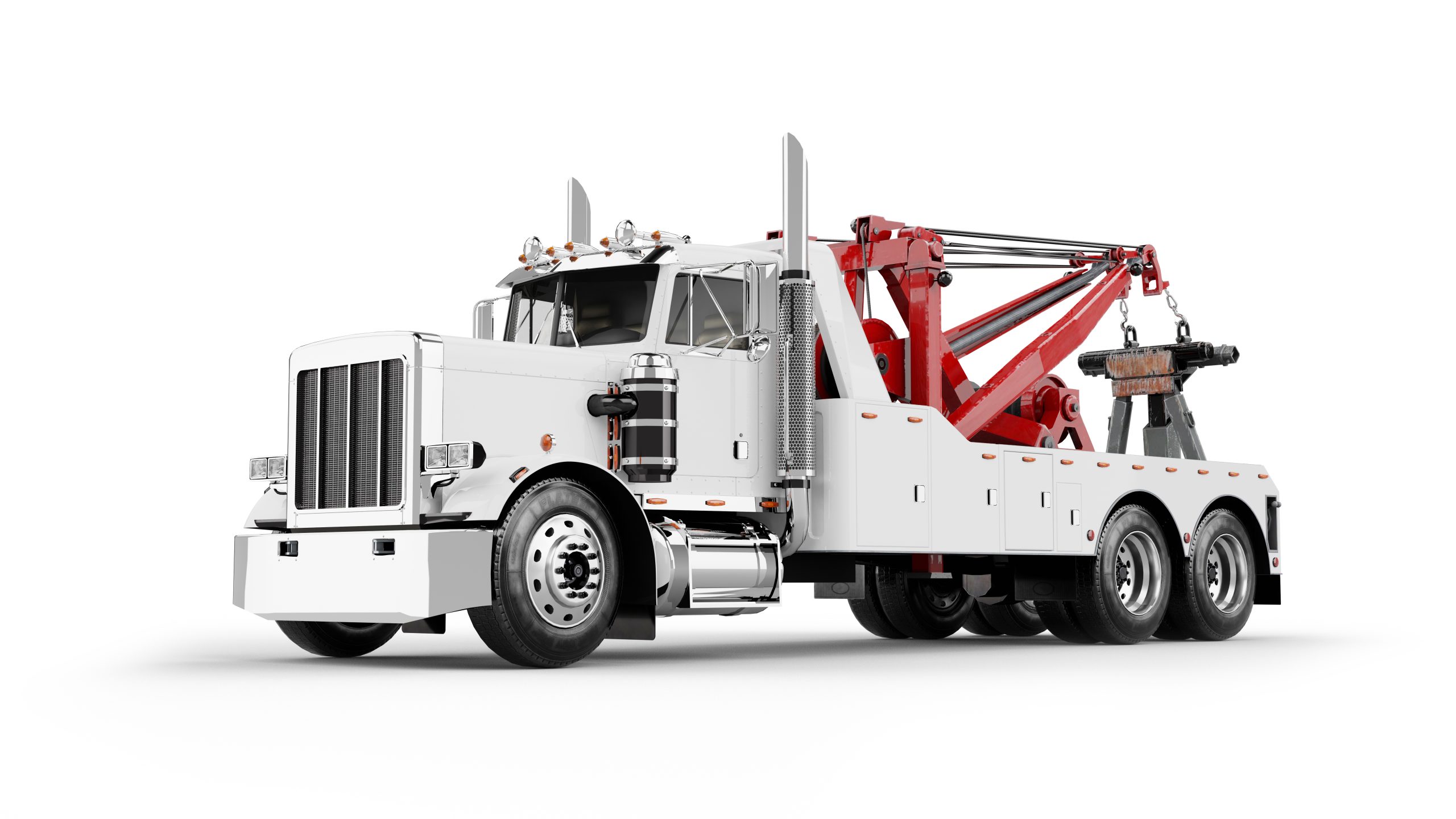
An emergency vehicle cannot use a load-posted structure if its weight exceeds posted limits for the vehicle type/axle configuration listed on the sign. Similarly, if an emergency vehicle’s weight exceeds any standard Gross Weight Limit posting it cannot use the structure.

Figure 3: Sign Used to Indicate Weight Limits for Emergency Vehicles
4.4 Gross Postings
Gross Postings restrict all vehicles to the posted weight limit, regardless of vehicle length or number of axles.

Figure 4: Sign Used to Indicate Weight Limits for Gross Postings
4.5 Extended Weight Coal Haul
Kentucky also has the Extended-Weight Coal Haul Road System, which was established by KRS 177.9771. On networks that are part of this system, Truck Types 1 – 4 can exceed legal weight limits to varying extents if the vehicle is carrying coal or coal byproducts.
This sign is used to post at bridge with a load carrying capacity greater than the legal load limits, but less than or equal to the legal loads for the Extended Weight vehicles.

Figure 5: Sign Used to Indicate Weight Limits on the Extended-Weight Coal Haul Road System
By law, all bridges are restricted at Kentucky legal load limits whether posted or not. See 601 KAR 1:018, 603 KAR, KRS 177.9771,and KRS 189 for more information.
KYTC provides bridge inspection and load rating services for all bridges on public highways in the state. However, the responsibility for posting bridge weight limit signs lies with the owner agency and must be carried out in compliance with FHWA’s Manual on Uniform Traffic Control Devices (MUTCD).
When a bridge belonging to a city or county requires closure, a new posting, or a change to an existing posting, the respective KYTC District Office Structures Section Supervisor sends a letter to the County Judge Executive or Mayor. This letter identifies the necessary weight limit posting and deadline for compliance.
Counties or cities that do not comply with posting requirements are ineligible for Federal Bridge Replacement and Rehabilitation funds during the subsequent year. Additionally, projects using Kentucky Highway Construction funds may be withheld from non-compliant cities or counties. Detailed requirements for compliance can be found in the Kentucky Bridge Inspection Procedures Manual.
6. Glossary
The full definitions for terms included in this article (listed below) can be found in the HKP Glossary.
- Gross Vehicle Weight (GVW)
- Kentucky Bridge Inspection Procedures Manual
- Manual on Uniform Traffic Control Devices (MUTCD)
-
Posting

